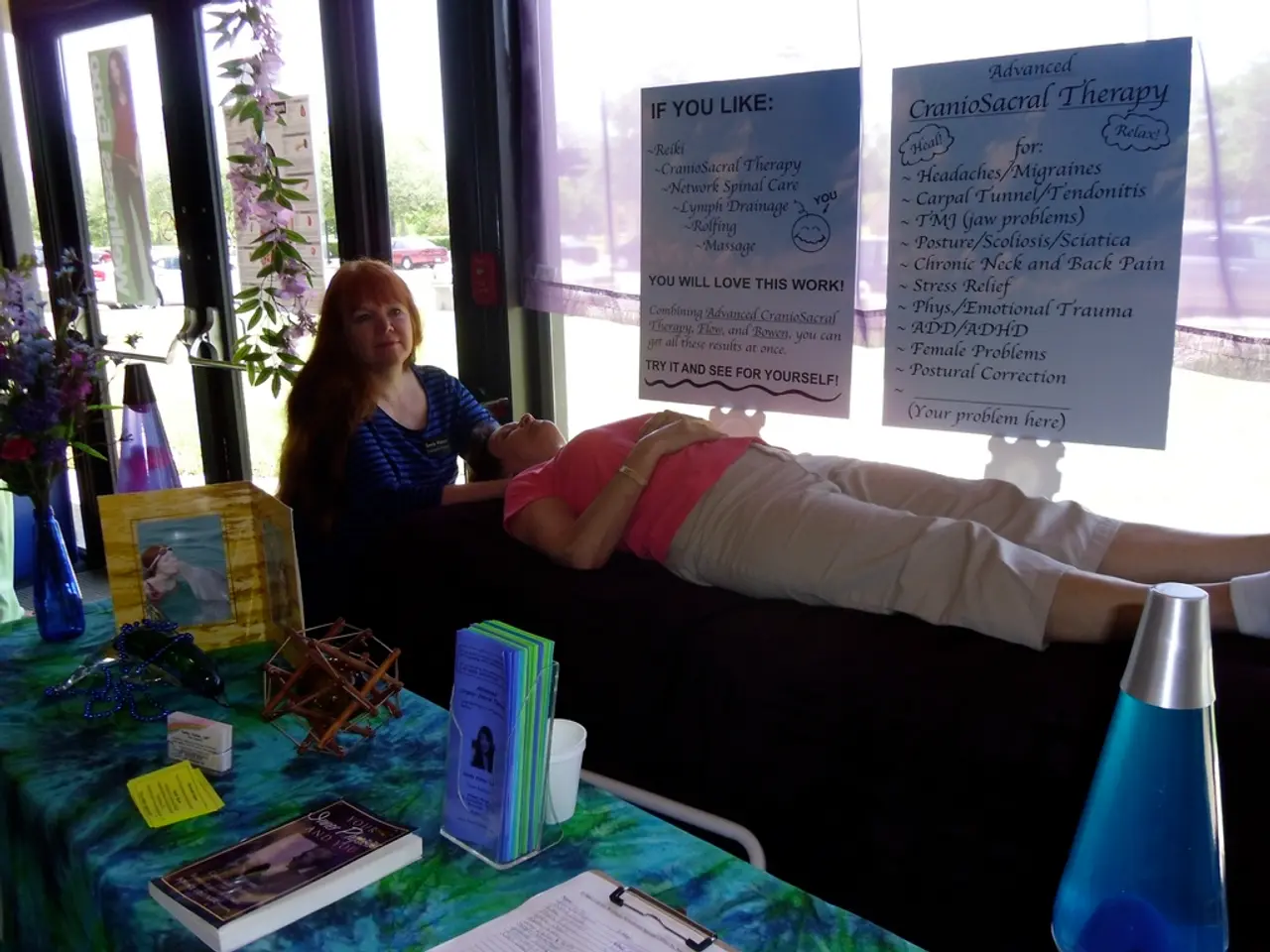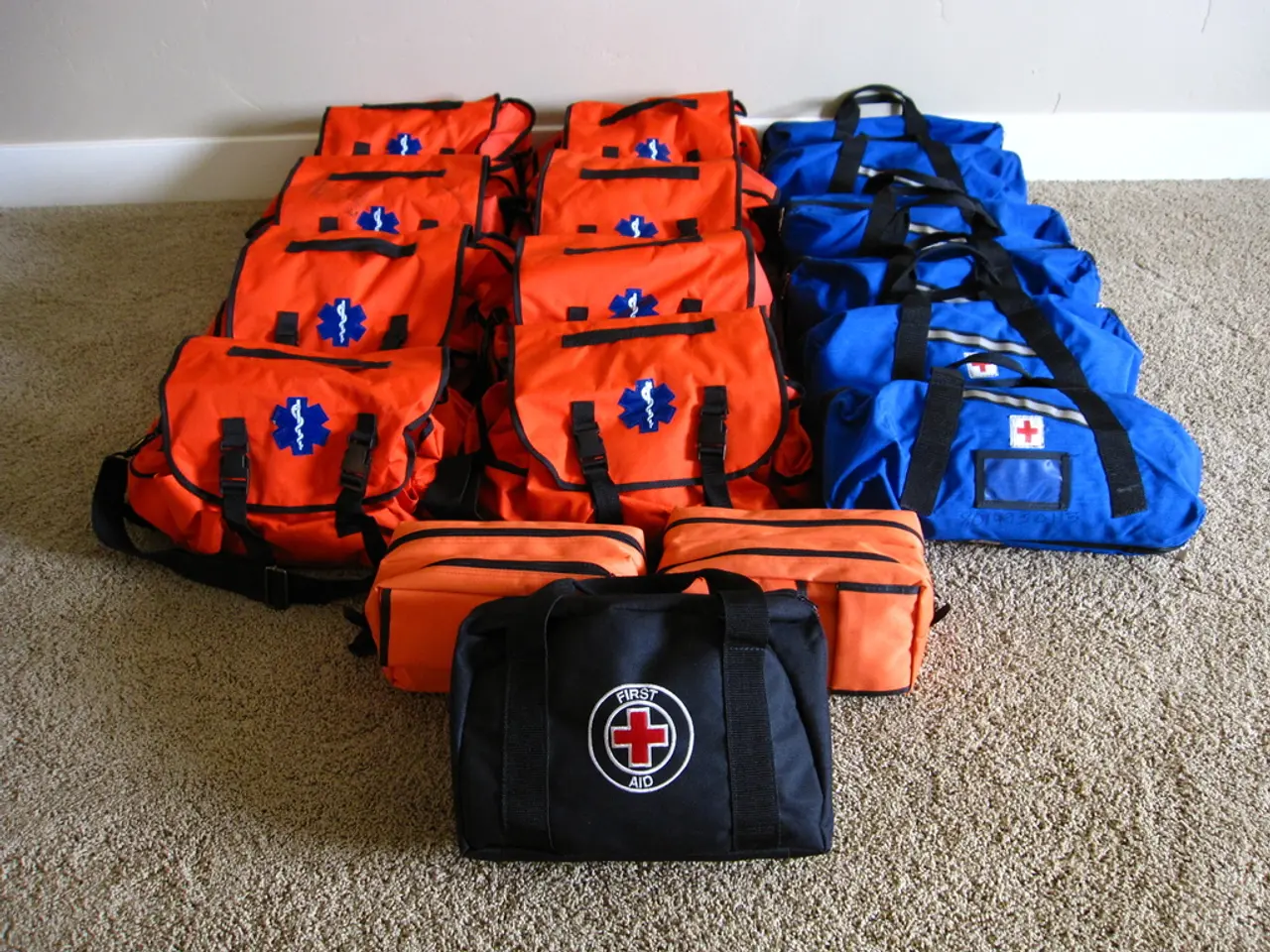Synthetic Skin Prototype Unveiled by TG0 and Anthrotek: Smart Skin Breakthrough
In a groundbreaking collaboration, TG0 and Anthrotek have joined forces to debut a next-generation tactile sensing prototype at HLTH Europe. This fusion of Anthrotek's synthetic skin with TG0's pressure sensing technology represents a significant advancement in tactile sensing technology.
The partnership aims to create a prototype that offers enhanced sensitivity, durability, and versatility, paving the way for a new era of tactile sensing. Ming Kong, CEO and co-founder of TG0, believes that this partnership allows them to bring their tactile sensing platform to life in ways that are deeply human and impactful. Nazmus Tareque, CCO and co-founder of Anthrotek, echoes this sentiment, stating that the partnership is a crucial step toward building more empathetic and responsive technology.
The development and integration of the prototype aim to optimize next-gen wearable devices, improve robotic interfaces, enhance training simulators, and even extend beyond the debut prototype. Dr. Raoul Peltier, CEO of Anthrotek, further emphasizes the potential of this integration, stating that it offers synthetic skin that reacts and communicates like real tissue.
The prototype features Anthrotek's synthetic skin layered with TG0's flexible, polymer-based sensing technology. The first step in the development process involves integrating the synthetic skin with TG0's pressure sensing technology, followed by extensive calibration and testing to ensure the prototype's performance.
The potential applications of this advanced tactile sensing technology are vast. In the industrial and medical robotics sector, it could significantly enhance the ability of robots to handle delicate tasks, such as assembly and surgery, by providing precise tactile feedback. In the medical field, it could improve the interaction between prosthetic limbs and the environment, enhancing user experience and functionality.
In the realm of consumer electronics, next-generation wearables could incorporate this technology to provide users with more intuitive and responsive interfaces. In the aerospace and defense sector, tactile sensing could be used to improve navigation and obstacle detection in drones and autonomous vehicles.
The partnership's goals encompass enhancing medical training and diagnostic techniques. By providing highly accurate real-time pressure data capture during medical procedures, the prototype could assist in human-centric medical-device innovation and support medical schools as students perfect their diagnostic techniques.
The economic and social impact of this collaboration could be profound. It could create new job opportunities in fields related to robotics and sensory technology, driving economic growth. For individuals dependent on prosthetics or assistive devices, advanced tactile sensing can significantly improve their quality of life by enhancing control and interaction with their environment.
In conclusion, the combination of synthetic skin and advanced pressure sensing technology has the potential to unlock new possibilities in robotics, medical devices, and beyond, promising significant technological, economic, and social impacts. This partnership represents a further step into healthtech and bio-integrated design for TG0, and a crucial step toward building more empathetic and responsive technology for Anthrotek.
- This partnership between TG0 and Anthrotek, with their focus on device innovation, is aimed at creating a tactile sensing prototype that could be applied in various sectors like fitness and exercise, health and wellness, and medical-conditions, which could redefine technology's role in these fields.
- The development and integration of the synthetic skin by Anthrotek with TG0's pressure sensing technology could lead to significant advancements in robotics, particularly in the medical field, where it could improve the accuracy of robotic surgeries and enhance the usability and functionality of prosthetic limbs.
- The potential economic and social impacts of this collaboration could be substantial, as it could stimulate job growth in the robotics and sensory technology sectors, while also improving the quality of life for individuals dependent on prosthetics or assistive devices through better control and interaction with their environment.




